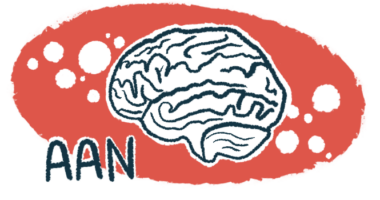Study Examines Barriers to Social Prescribing for People With Motor Neurone Disease

Barriers need to be overcome in order to facilitate community engagement programs for people with motor neurone disease (MND), a group of diseases that includes amyotrophic lateral sclerosis (ALS), a new study shows.
The study, “Supporting access to activities to enhance well‐being and reduce social isolation in people living with motor neurone disease,” was published in Health and Social Care in the Community.
Social prescribing is a strategy that aims to improve quality of life for people with long-term conditions. It involves pairing individuals with a link worker, who helps the individual facilitate a strategy for improving their well-being through community engagement — activities such as volunteering, taking classes, and attending social clubs.
Social prescribing has seen growing acceptance recently. For instance, the National Health Service England has predicted that more than 1,000 link workers will be employed in England by 2021. However, data to support the effectiveness of social prescribing is limited.
As an example, there is a paucity of research on the use of social prescribing in people with ALS and other neurological conditions; for instance, it is unclear which activities tend to be more or less beneficial.
Researchers have now conducted a pilot study of social prescribing for people with motor neurone disease, the most common of which is ALS.
Participants included nine patients with MND (average age 56) and four link workers. After undergoing the social prescribing program, five of the participants and all of the link workers were interviewed.
The researchers summarized themes from these interviews in the study, which included both responses to the program and barriers to participation.
One theme that emerged was that, broadly, the opportunity to engage in activities was important to people with MND. Among individuals with relatively mild symptoms, this usually had to do with wanting to find things to focus on and not feel like they were wasting time. People with more severe symptoms often reported doing little outside their homes, so they were hopeful for opportunities to do things and meet people.
Some participants reported that they felt more confident after engaging in activities. However, lack of confidence — stemming from a perceived lack of support — was viewed as a significant barrier by both participants and link workers.
“I’ve not been making use of that wheelchair the way I should do, I am nervous you know about it,” one participant was quoted.
Another major barrier to participation was equipment-related: access to wheelchair and mobility aids hampered participants’ ability to engage in activities.
“A couple of the clients I seen they were like at different stage of getting like different equipment to support them like wheelchairs and mobility car and stuff like that you know so and on that basis they were reluctant to participate in activities,” one link worker said.
Another barrier was stigma. Both prejudice and ignorance contributed to making involvement in group activities difficult, and these were compounded by access issues.
“Lack of awareness of disabilities by the general public was felt to hinder access to the community with examples given such as people blocking drop down curbs and being less aware of wheelchair users,” the researchers wrote.
The link workers highlighted the importance of working with people who have medical knowledge about MND — such as occupational therapists — in order to work most effectively with people who have MND.
“I never will have the medical level of knowledge … it needs both, it’s got to be a partnership,” one link worker said.
Overall, this study highlighted the barriers faced by people with MND attempting to participate in a social prescribing program.
“Social prescribing was developed to meet the needs of people living with long‐term conditions, however, given the barriers to participation described in this project, plwMND [people with MND] with more complex needs are unlikely to be able to access this intervention without facing a number of challenges,” the researchers wrote.
“Social prescribing pathways should be established that bring the expertise of AHPs, in particular, occupational therapists and link workers together to prevent an increase in health inequalities for plwMND.”






